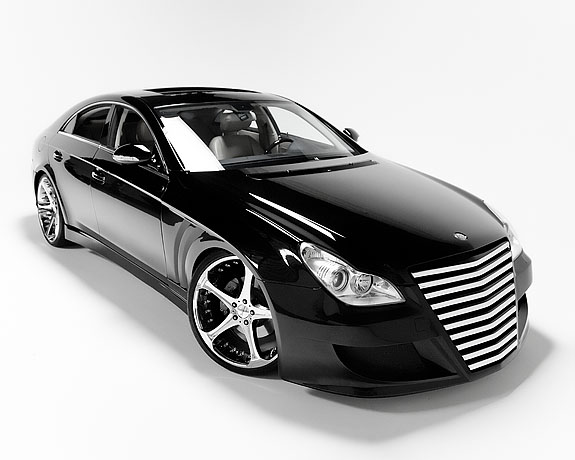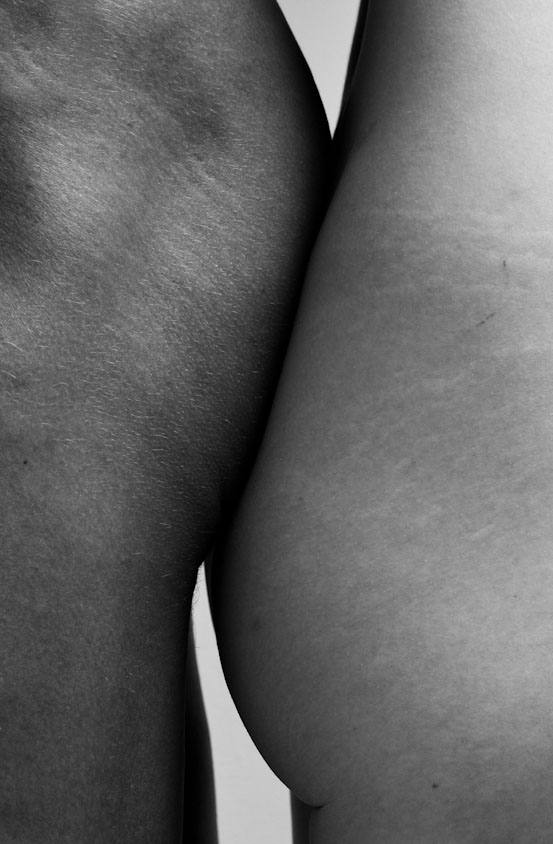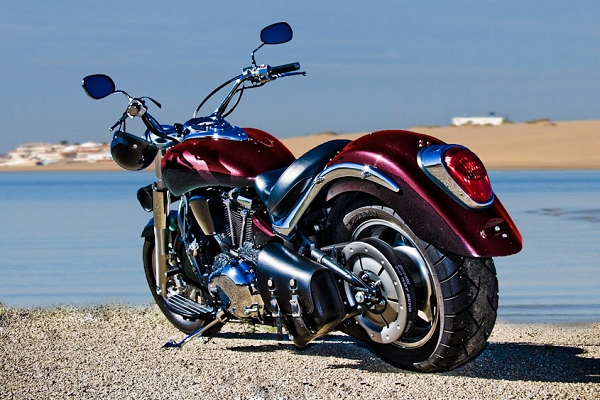Zeppelin Rides with Airship Ventures
Category : photography Travel

I spent most of last week in San Francisco to ride Airship Ventures zeppelin to get some shots of the city and the Golden Gate bridge. This was my second trip out California to try to get a ride on the zeppelin. Once again our flight was cancelled due to weather (our 3rd failure), but we decided to stay another day or so and try again. Weather was with us and we did get to finally fly. Discussions with others reveal that cancellations due to weather are quite common (passenger on our flight had 6 cancellations), so don’t be surprised if you plan a trip and don’t get to go.
We booked the two hour flight, base on the website showing the flight going up the valley, across to the coast, over the bridge and back south via the bay. Our flight was at sunset so being on the west side of the Golden Gate bridge was going to be perfect. Warm sunset light on the bridge would make for some amazing photographs.
The zeppelin has 2 windows which open to allow glare free shots for photographers, one on each side. I was really looking forward to getting some great shots of the bridge and coastal cliffs. At an altitude of about 1000 feet you have a great opportunity for photography.

We flew north towards the city along the 101. This time of year the sun was setting a bit earlier than I would have liked ideally. I wanted to hit the city about 10-15 minutes earlier. We did not go out over the coast as the website indicated, but since the captain can vary the route as needed I wasn’t too surprised. I assumed we would use the bay to cross the bridge.
As we came up to the bridge I asked about flying over it and was told they were not allowed to fly over. I asked about going around to the front and was told they cannot do that either due to park regulations. So I was not going to get the photographs I wanted as shown on their website. I wonder what changed and why they don’t advertise the new routes. Needless to say I was not happy.

If I had known this was the case, the 1 hour flight would have gotten the same results for much less money. The southern portion of the flight is not the most picturesque, but I was willing to use this time to get used to the environment.
The zeppelin makes a great photographic platform, you just need to be very aware of where it flies.



 Another great technique it to compare or contrast the same body part. Chests, backs and rears are all great choices for this style of photograph. He likes her rear, she like his, and a great photograph is just waiting to happen.
Another great technique it to compare or contrast the same body part. Chests, backs and rears are all great choices for this style of photograph. He likes her rear, she like his, and a great photograph is just waiting to happen.